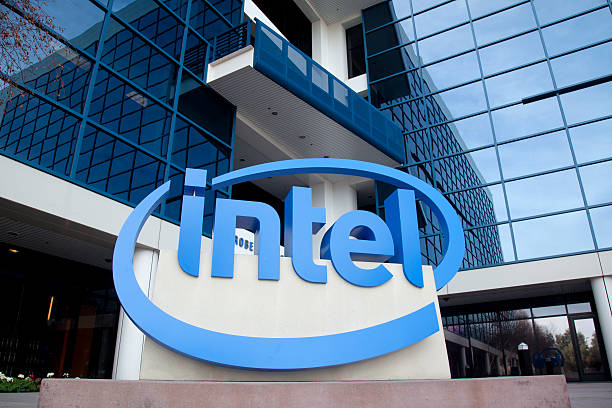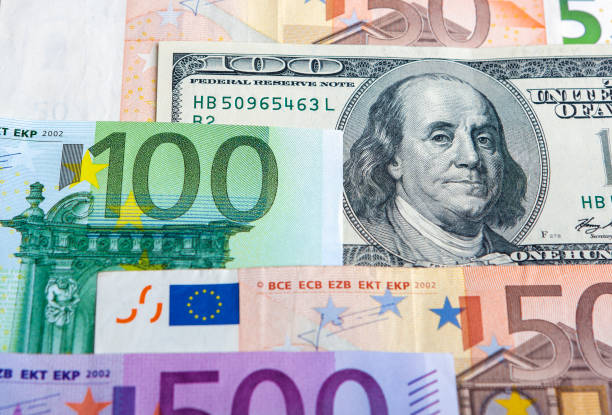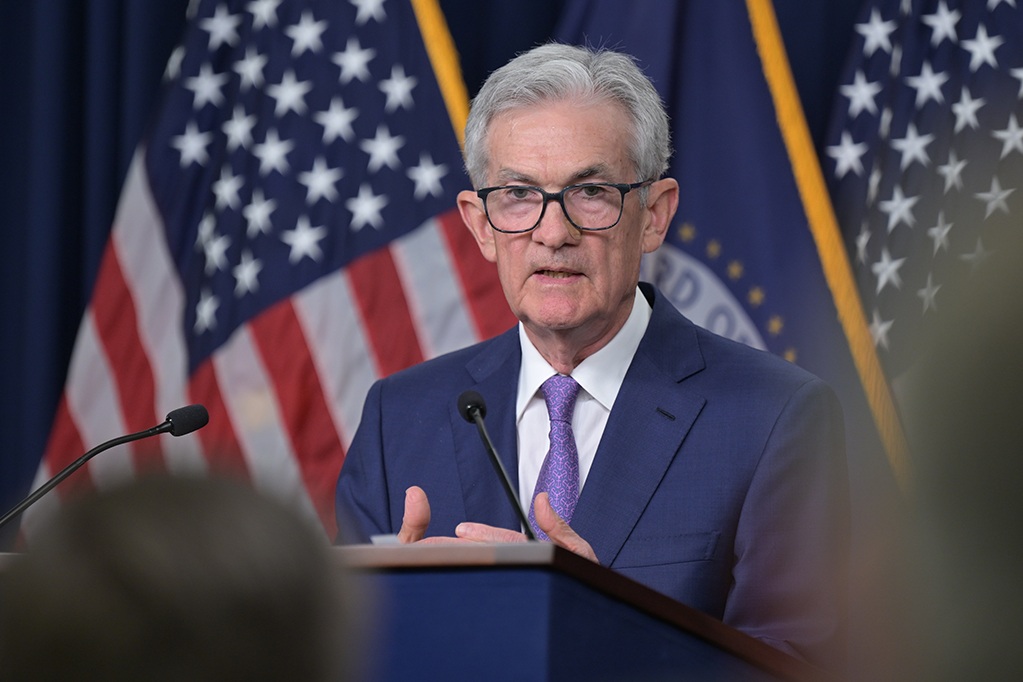The Italian job: how Rome plans to work around NATO spending hike

By Giuseppe Fonte, Angelo Amante and Gavin Jones
ROME, July 3 (Reuters) - Italy, along with other NATO countries, has agreed to sharply increase defence spending over the next decade, but Giorgia Meloni's government is already working on imaginative ways to minimise any hit to its strained public finances.
Unlike Spain, which openly said it could not go much above the old NATO target of 2% of national output, at a summit last week Italy toed the line imposed by U.S. President Donald Trump, committing to 5% by 2035 – at least on the surface.
Meloni, aware that opinion polls show raising defence spending is highly unpopular among Italians, sought to reassure them after the NATO summit.
"These are necessary expenses, but we are committed to not diverting even a single euro from the government's other priorities," she told reporters.
Italy's defence spending amounted to just 1.5% of output in 2024, near the low end of the 32 NATO members.
The government this year met the previous 2% target by a raft of accounting changes, factoring in previously excluded items such as soldiers' pensions and the coastguard.
But hitting the new goal will be far more difficult. On paper, it would require an increase in spending of more than 60 billion euros ($71 billion), a huge task for a country with the euro zone's second largest debt pile, at 135% of output.
The European Commission, which is also urging EU states to hike defence spending, has adopted a so-called "escape clause" from its fiscal rules to allow increases of 1.5% of gross domestic product per year through 2028.
Italy, however, has less scope to use this clause because its deficit is already considered too high.
CIVILIAN INFRASTRUCTURE
Italian officials said Meloni would double down on this year's approach by including items already budgeted for that have at best a tenuous link to defence, hoping the tactic is accepted by NATO and the European Commission.
Italy, the euro zone's third largest economy, could prove a litmus test for other NATO countries that have also signed up to the 5% goal but face an uphill struggle to reach it.
Rome is considering civilian infrastructure such as ports, shipyards, and even an ambitious, long-planned bridge connecting Sicily to the mainland, officials said.
Overall, Italy plans to invest 206 billion euros to upgrade its railways and a further 162 billion for its roads and motorways, according to a parliamentary study based on government data. Many of these projects could now receive the defence and security label.
"A large part of planned infrastructure investments fall within the NATO parameters because they have dual-use applications," Deputy Transport Minister Edoardo Rixi told Reuters.
In response to a Reuters request for comment, the EU Commission said it was for Italy to determine whether an infrastructure's main purpose was military or civilian.
A NATO official said countries must have "a credible path" to achieve their defence spending pledges "and they will provide plans on how they will support increases in their defence investments each year".
In promising remarks for Italy's plans, he added: "We need civilian transportation networks that can support military mobility. As well as tanks, fighters and warships, we need roads, rail, and ports."
Italy has already identified necessary strategic infrastructure projects worth a massive 483 billion euros to be completed over future years, meaning there is no shortage of potential schemes to be included.
PLAYING FOR TIME
The new NATO target includes a core component for defence spending, which must reach 3.5% of GDP by 2035, and a further element on broader security-related investments, worth 1.5%.
Upgrading ports in the northern cities of Trieste and Genoa, as well as a shipbuilding and maintenance hub in nearby La Spezia, would be eligible for meeting NATO criteria, Rixi said.
"If you need to build, repair and maintain military ships as well as transport troops and military equipment, you need to have adequate infrastructures to do so," he said.
Time is also a key factor. With the centre-left opposition saying defence spending will subtract resources from the welfare state, Meloni wants to delay any increases until after the next election due in 2027, officials said.
"The real challenge for Meloni is not the amount but the timing," said Francesco Galietti, founder of Rome-based political risk think-tank Policy Sonar.
In 2027 Italy will also be able to fully tap the EU's fiscal leeway "escape clause", provided it gets its deficit below 3% of GDP in 2026 as planned.
For this reason, Rome successfully lobbied NATO allies to avoid a minimum annual defence spending increase being imposed, an official with knowledge of the negotiations said, adding that Rome was also instrumental in delaying the 5% target year to 2035 from a previously planned 2032.
"The message is clear, Italy will do what it must to meet its NATO commitments, but it will do so in its own time," Galietti said.
($1 = 0.8490 euros)





